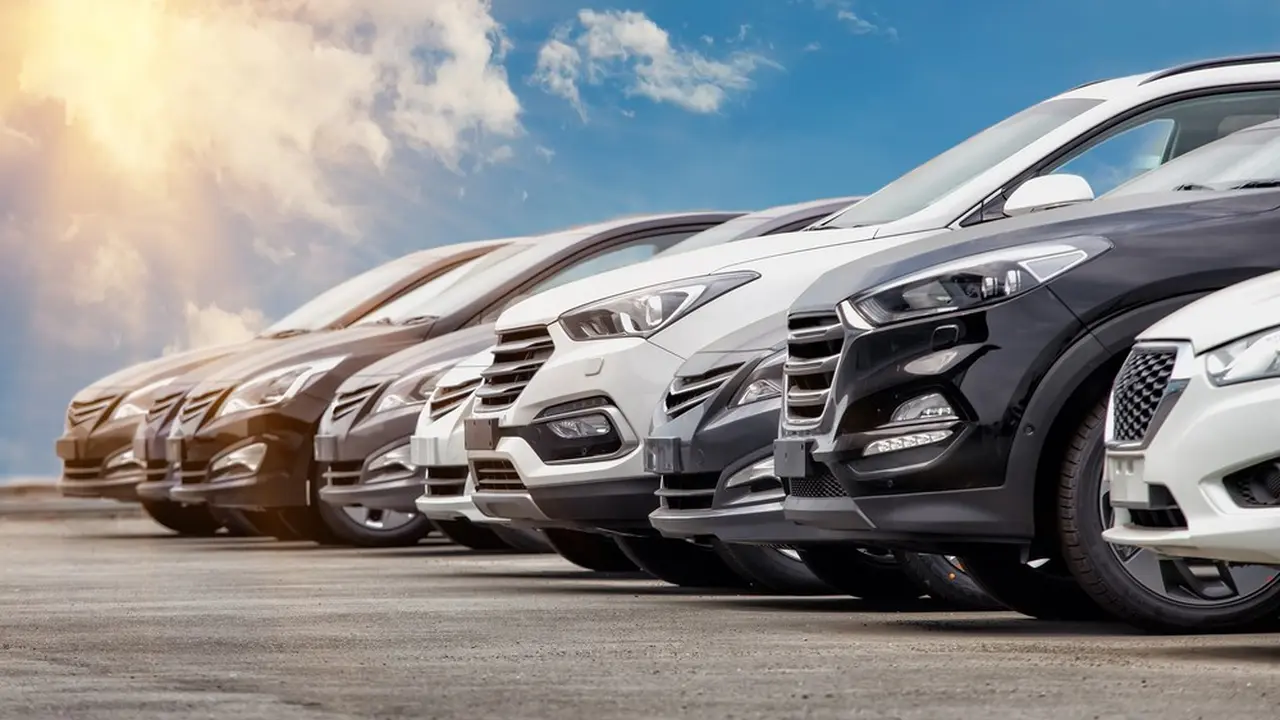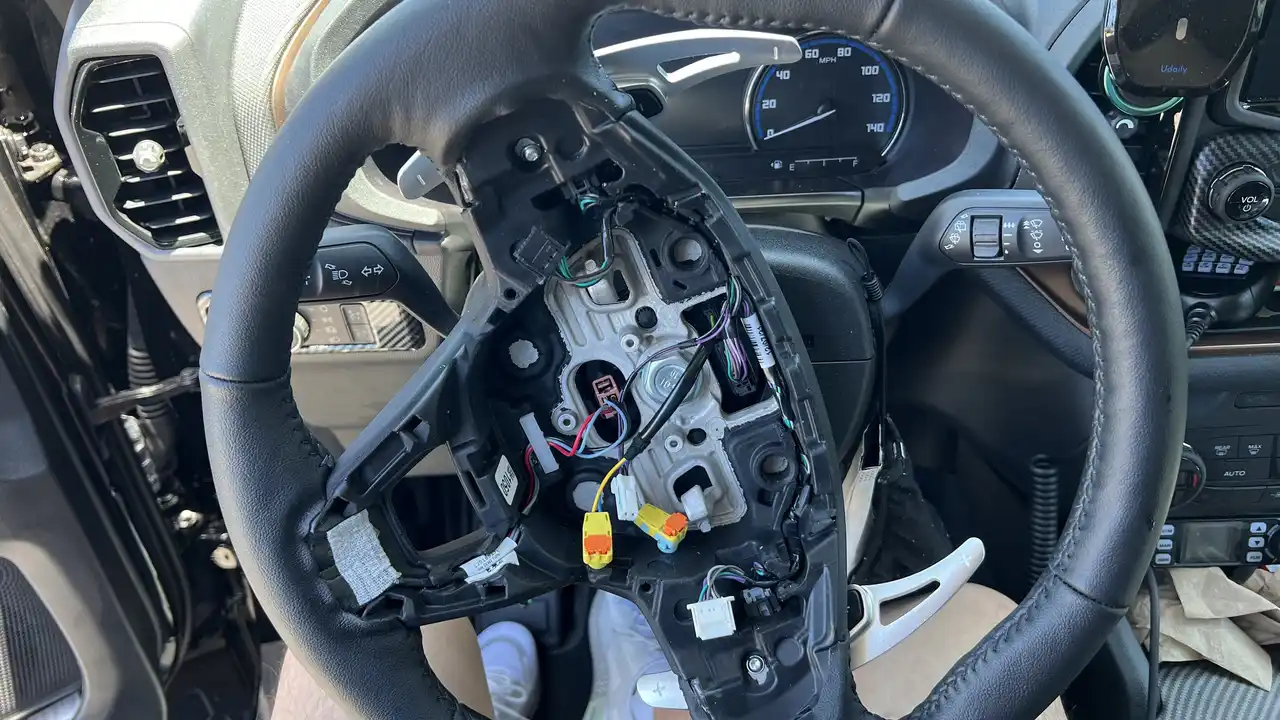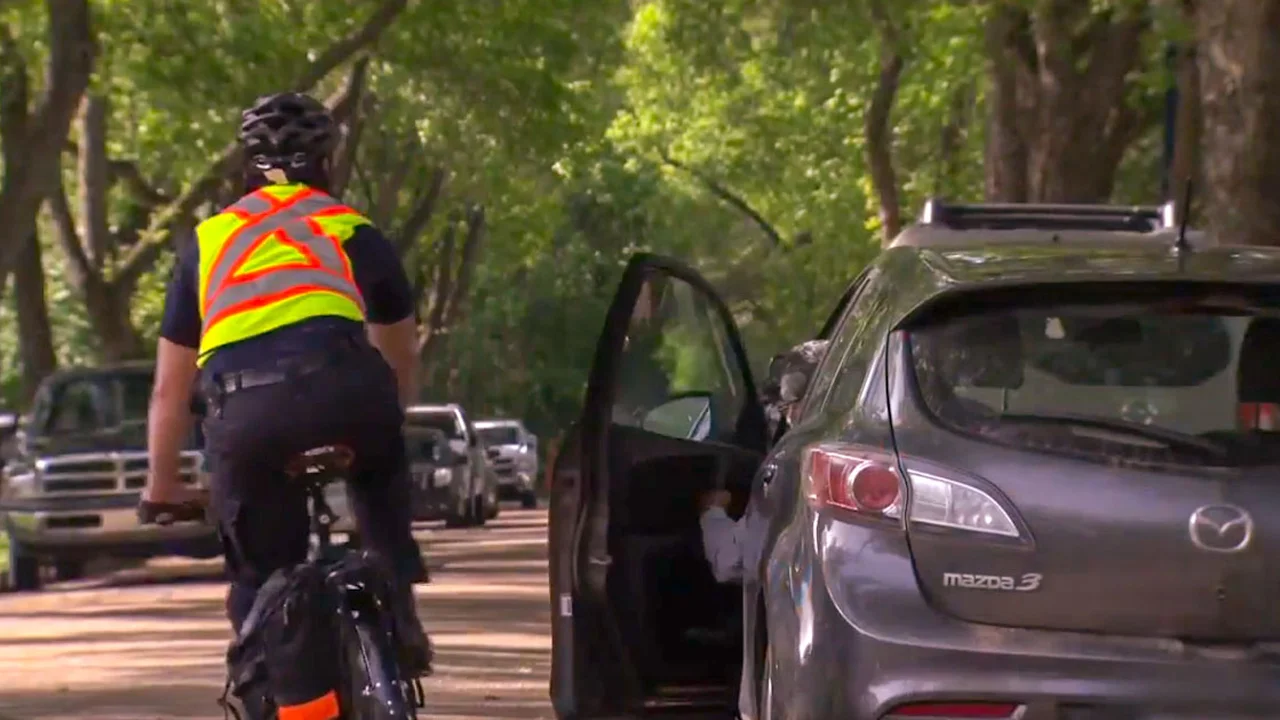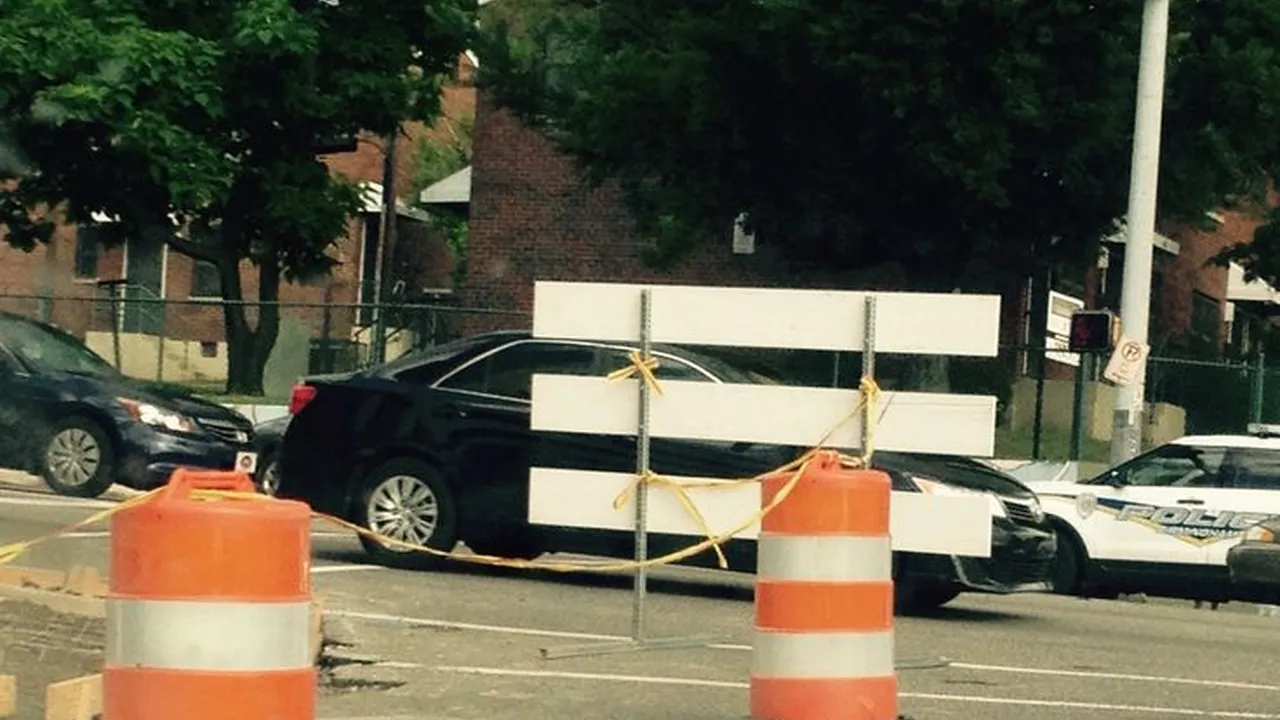How Autonomous Vehicles Will Impact Crashworthiness Standards
Sample meta description.
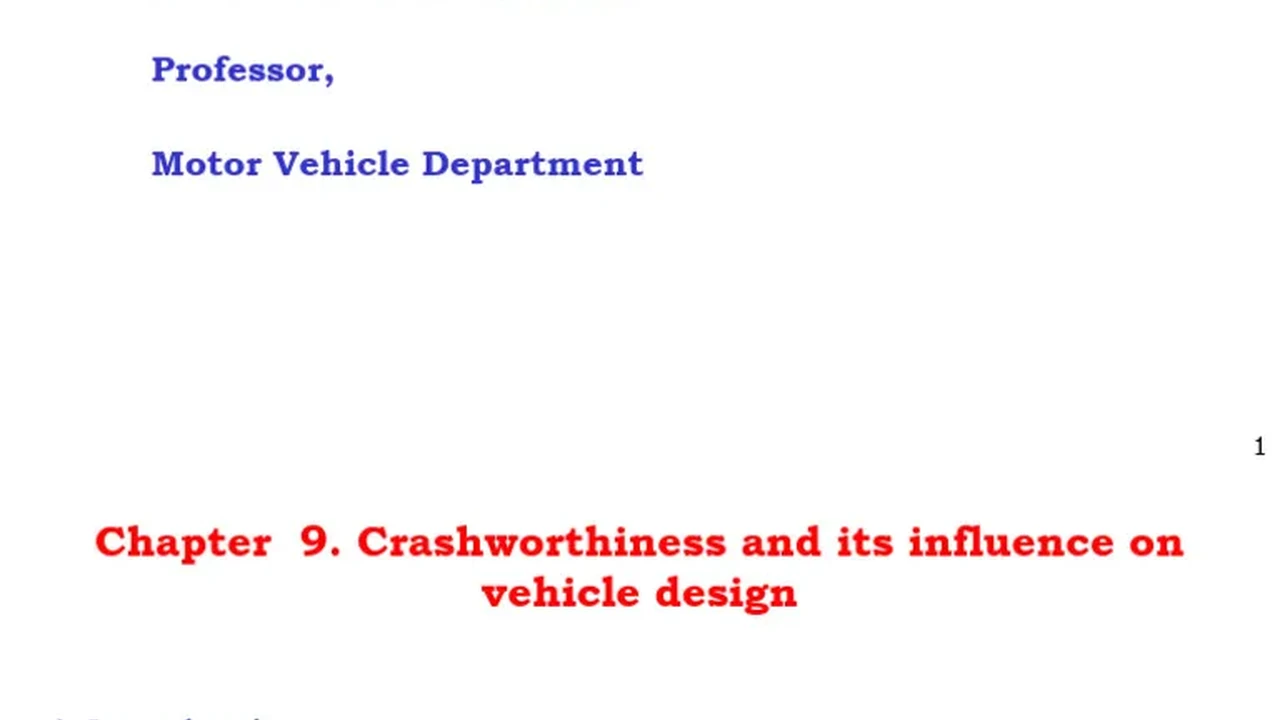
Autonomous Vehicle Technology and Its Influence on Vehicle Safety Design
Hey everyone! Let's dive into something super interesting – how self-driving cars are going to change the way we think about car safety. I mean, think about it. Cars that drive themselves? It's like something out of a sci-fi movie, but it's happening now. And it’s going to shake up everything, including crashworthiness standards.
For years, we’ve designed cars with the assumption that a human is behind the wheel. We've focused on things like crumple zones, airbags, and seatbelts to protect the driver and passengers in case of an accident. But what happens when the driver is a computer? That's the big question.
The Changing Landscape of Crash Testing for Autonomous Vehicles
Crash testing is about to get a whole lot more complicated. Right now, we slam cars into walls and other obstacles to see how they hold up. We measure things like how much the passenger compartment deforms and how well the safety systems protect the crash test dummies inside. But these tests are designed for human drivers. Autonomous vehicles are a different beast altogether.
One of the biggest changes is that self-driving cars are supposed to avoid accidents in the first place. They use sensors like cameras, radar, and lidar to “see” the world around them and make decisions based on that information. So, instead of just reacting to a crash, they're supposed to prevent it from happening. This means we need new ways to test their safety. Think about scenarios like a pedestrian suddenly stepping into the road or a cyclist swerving unexpectedly. Can the autonomous system react quickly enough to avoid a collision?
Redefining Occupant Protection Systems in Self-Driving Cars
Airbags and seatbelts are great, but are they the best way to protect occupants in a self-driving car? Maybe not. In a fully autonomous vehicle, passengers might be facing each other, working on laptops, or even taking a nap. That means they won't be in the traditional upright seating position. So, we need to rethink how we restrain and protect them in a crash.
One idea is to use advanced restraint systems that automatically adjust to the occupant's position. These systems could use sensors to detect where the occupant is and then deploy airbags and seatbelts in a way that provides the best possible protection. Another idea is to use energy-absorbing materials throughout the interior of the car to cushion occupants in a collision.
The Role of Advanced Driver-Assistance Systems (ADAS) in Future Crashworthiness
Even before we get to fully autonomous vehicles, we're seeing a lot of advanced driver-assistance systems (ADAS) in cars today. These systems include things like automatic emergency braking, lane departure warning, and adaptive cruise control. They're designed to help drivers avoid accidents and make driving safer. And they're already having an impact on crashworthiness standards.
For example, automatic emergency braking can prevent or mitigate rear-end collisions. This means that we might not need to design cars to withstand such severe rear-end impacts. Similarly, lane departure warning can help prevent side-impact collisions, which could lead to changes in side-impact crashworthiness standards.
Cybersecurity and Its Impact on Autonomous Vehicle Safety Ratings
This is a big one that a lot of people don't think about. Self-driving cars are basically computers on wheels, which means they're vulnerable to hacking. If a hacker were to gain control of an autonomous vehicle, they could potentially cause a crash. That's why cybersecurity is becoming an increasingly important part of crashworthiness standards.
We need to make sure that autonomous vehicles are protected from cyberattacks. This means using strong encryption, firewalls, and other security measures to prevent hackers from gaining access to the vehicle's systems. It also means developing ways to detect and respond to cyberattacks in real time.
Ethical Considerations in Autonomous Vehicle Accident Scenarios
Okay, this gets a little philosophical, but it's important. What happens when an autonomous vehicle is faced with a situation where it has to choose between two bad outcomes? For example, what if the car has to decide whether to hit a pedestrian or swerve into oncoming traffic? These are tough decisions, and we need to have a framework for making them.
One approach is to program autonomous vehicles to prioritize the safety of their occupants. Another approach is to program them to minimize the overall harm, even if that means sacrificing the occupants. There's no easy answer, and it's something that society needs to grapple with as autonomous vehicles become more common.
Product Recommendations: Enhancing Safety with Aftermarket Solutions
While we wait for the full impact of autonomous driving to reshape car safety, there are things you can do right now to make your vehicle safer. Here are a few product recommendations:
Dash Cams with Advanced Driver-Assistance Features
These aren't just for recording accidents. Many dash cams now come equipped with ADAS features like lane departure warning, forward collision warning, and even driver fatigue monitoring. They can give you an extra set of eyes on the road and help you avoid accidents.
Example: The Garmin Dash Cam 67W. It offers a wide 180-degree field of view, excellent video quality, and ADAS features. It retails for around $250.
Usage Scenario: Perfect for daily commutes and long road trips. The lane departure warning can be especially helpful on highways, while the forward collision warning can alert you to potential hazards in city driving.
Comparison: Compared to cheaper dash cams, the Garmin 67W offers superior video quality and more reliable ADAS features. It's worth the extra investment if you're serious about safety.
Blind Spot Monitoring Systems
Blind spots are a major cause of accidents. These systems use sensors to detect vehicles in your blind spots and alert you with a visual or audible warning.
Example: The Rydeen BSS1LP Blind Spot Monitoring System. It uses radar sensors to detect vehicles and alerts you with an LED indicator in your side mirrors. It typically costs around $300.
Usage Scenario: Ideal for drivers who frequently change lanes or drive in heavy traffic. The system provides an extra layer of protection by alerting you to vehicles you might not see in your mirrors.
Comparison: Some vehicles come with built-in blind spot monitoring systems, but the Rydeen BSS1LP is a good aftermarket option for older cars. It's generally more reliable than cheaper, sensor-based systems.
Tire Pressure Monitoring Systems (TPMS)
Underinflated tires can lead to blowouts and loss of control. A TPMS monitors the pressure in your tires and alerts you if it drops below a certain level.
Example: The FOBO Tire 2 Tire Pressure Monitoring System. This system uses Bluetooth sensors that screw onto your tire valves and transmit pressure data to your smartphone. It costs around $200.
Usage Scenario: Great for anyone who wants to keep a close eye on their tire pressure. The smartphone app makes it easy to monitor pressure in real time and receive alerts if there's a problem.
Comparison: Compared to traditional TPMS systems that only alert you when pressure is low, the FOBO Tire 2 provides continuous monitoring and allows you to track pressure trends over time.
The Future of Car Safety: More Than Just Crashworthiness Ratings
The future of car safety is about more than just how well a car performs in a crash. It's about preventing accidents in the first place. And that's where autonomous vehicles and advanced driver-assistance systems come in. They have the potential to make our roads safer than ever before. But we need to make sure that we're developing them in a way that prioritizes safety and addresses the ethical considerations that come with them.
So, buckle up, because the ride is going to be interesting. The way we think about car safety is changing, and it's going to be exciting to see what the future holds!
:max_bytes(150000):strip_icc()/277019-baked-pork-chops-with-cream-of-mushroom-soup-DDMFS-beauty-4x3-BG-7505-5762b731cf30447d9cbbbbbf387beafa.jpg)



